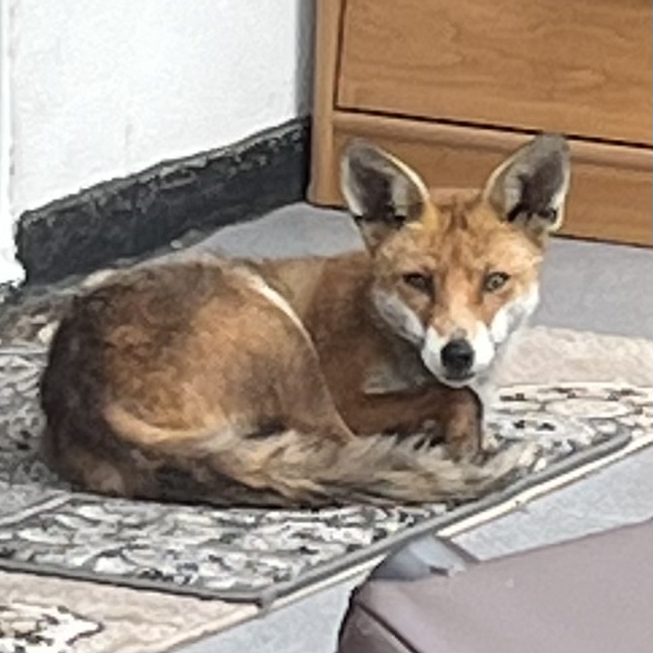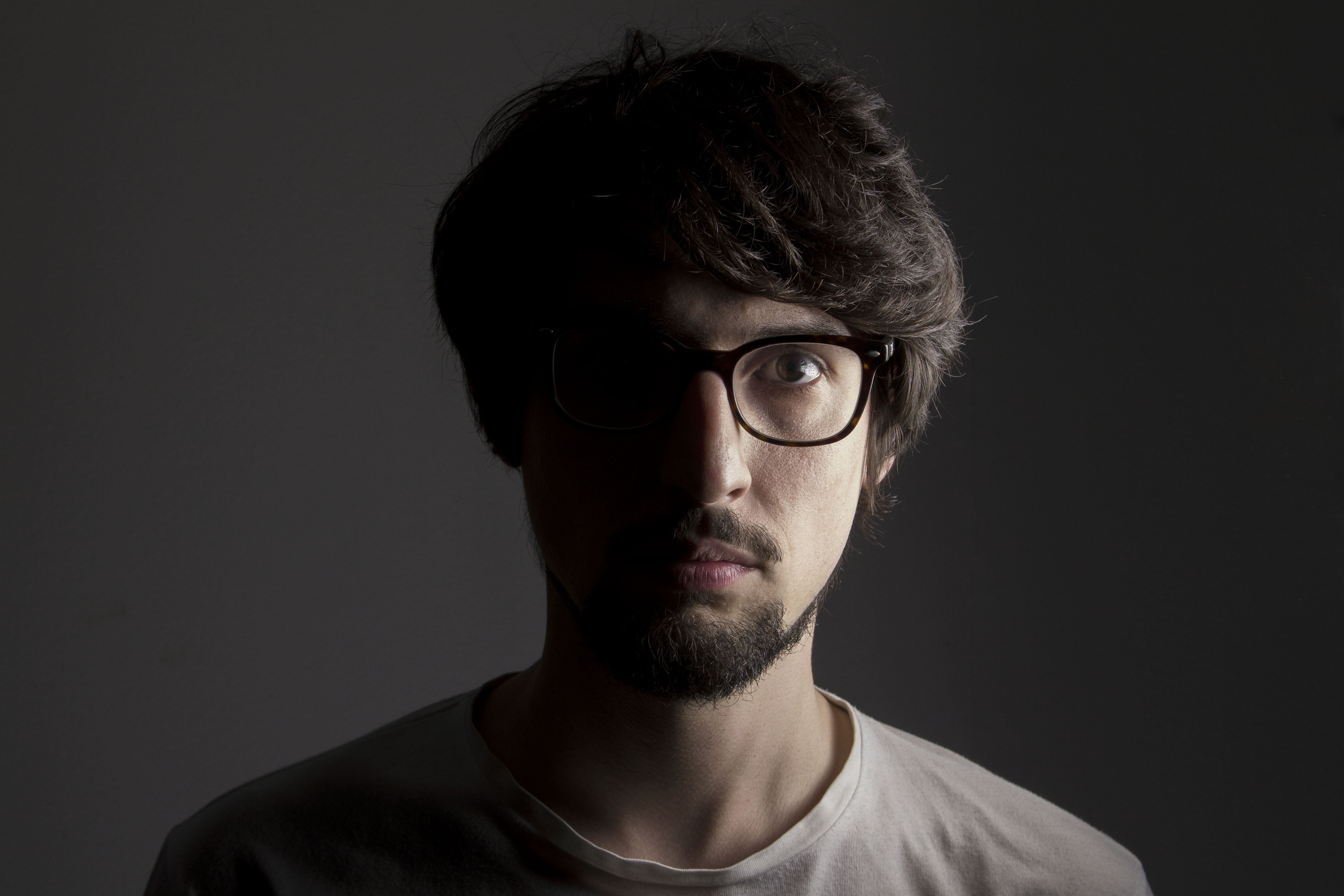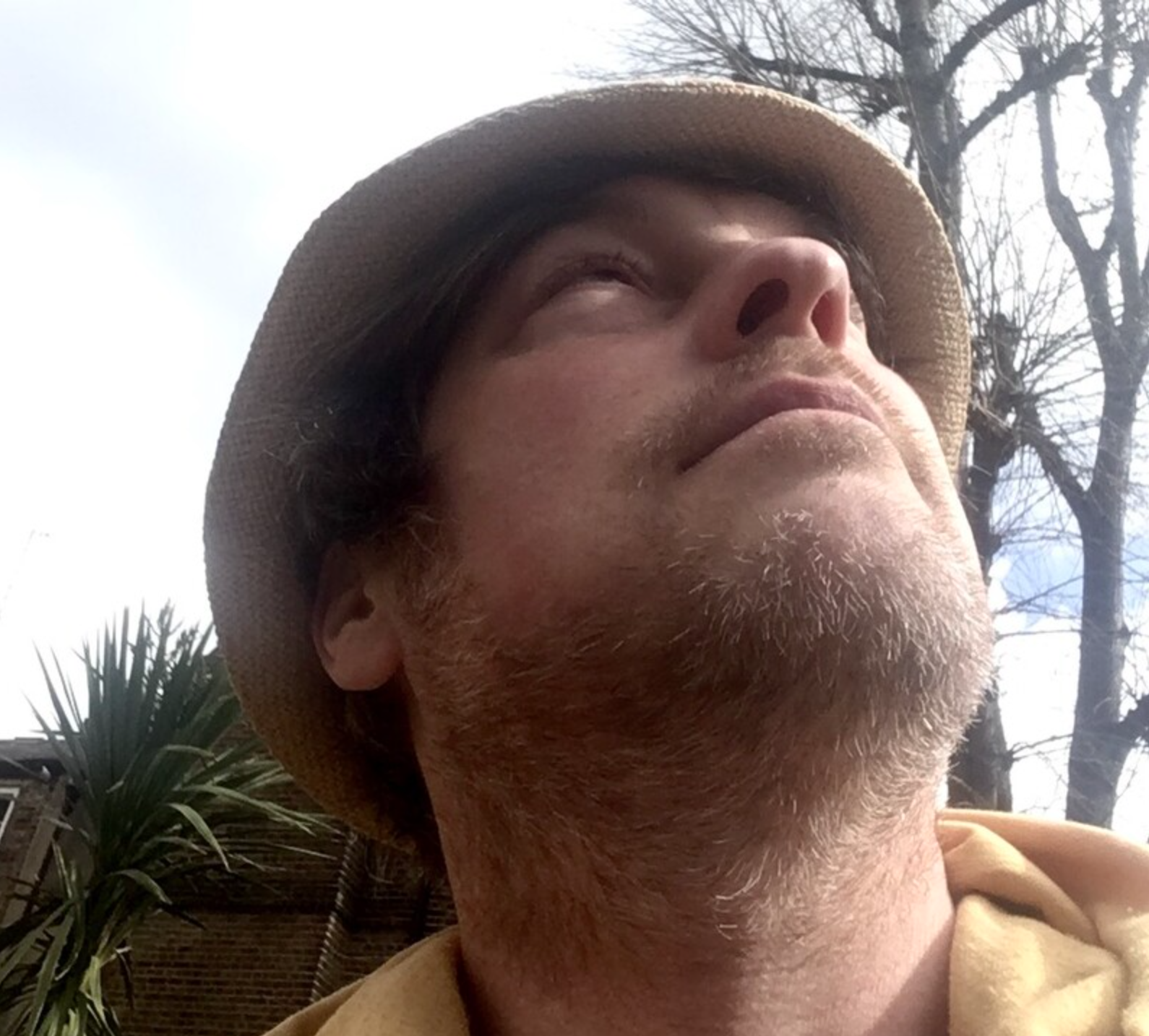ASK & DISCUSS
INDEXDocumentary Narrative Tips?
12 months ago - Niki Jones
3 seconds ago - Niki Jones
I've started compiling all my footage for a documentary I'm producing/directing on hunt sabbing.
I'm a bit torn in terms of narrative flow of whether to do a section on each sab mission or whether to merge them all together and look at the lives of the hunt sabs, what drives them then finalise with outcomes. Every time I try and pull this together, it just feels like a mess and like the audience can't understand what's happening where/why it's jumping from location to location.
Any tips? TIA!
Only members can post or respond to topics. LOGIN
Not a member of SP? JOIN or FIND OUT MORE
12 months ago - Giulio Gobbetti
Hi Niki! I’m a documentary editor (and sometimes a tutor), so hopefully my input will be helpful.
Both structures could work for a film, but it really depends on the type of material you have. First off, could you tell us a bit more about the footage you’ve gathered? For instance, how much material do you have? What kind of scenes did you film? And what’s the style – are there sit-down interviews, informal interviews, or purely observational footage? This information would give us a clearer sense of possible directions.
In general, if you decide to “jump” between missions, you’ll need an overarching narrative structure that naturally propels you from one action to the next; otherwise, it can feel confusing. However, if you can achieve that, it’s likely to feel more fluid than a chapter-like structure, which would still require some form of connection between sections.
Personally, I find it useful to organise my materials on cards (which can be digital, using something like Padlet) before diving into the footage. I usually categorise them in some way – for instance, each character could have a colour, or you might use green for "main themes," blue for "secondary themes," etc. Choose whatever suits your project. This approach offers a much better big-picture view of the project, as working directly on the footage often gives a narrower perspective.
Hope it helps! Feel free to message me if you want to have a chat about it!
12 months ago - A.L. Nott
Hi Niki,
My experience has taught me every editing project is unique and things tend to emerge and develop over time as you engage with the footage and themes. I agree with Giulio as far as getting an overview on the material and structure away from the screen. I don't use cards myself but away from the screen I write and rearrange outlines and lists etc. and consider structures and study scrips etc. and things emerge and ideas come together for me much better than previously when editing to me just meant working directly on the material in front of the screen. Sometimes you have to take out really good stuff temporarily in order to keep the through-line clear and then you can look at how to re-include those good bits that you took out. Especially the opening must not be overloaded and chaotic or you risk disengagement. Seduce don't bombard unless bombarding is compelling which might sometimes be the case. To avoid getting stuck you can use temp music to help get better flow and pacing while you cut but keep turning the music off and checking it without the music, ideally it should work okay without, too. Sometimes what seems like a total mess falls into place almost in an instant with one or two key adjustments. Hope some of that is useful.



